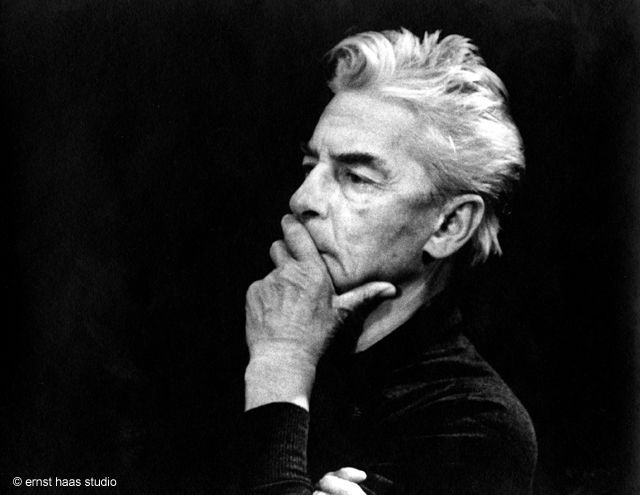 A sinfonia, após Beethoven, se tornou uma forma épica, apropriada para grandes obras afirmativas de sentimentos românticos, espirituais ou trágicos. Não é à toa que, no período imediatamente antes, durante e após a longa 2ª Guerra Mundial, abundam sinfonias de peso: do lado comunista do mundo, as de Shostakovich, Prokofiev e Lutoslaswki; do lado ocidental, a Sinfonia Litúrgica de Honegger, composta entre 1945 e 46, é a mais célebre por expressar a tragédia daquele período, com uma pontinha de esperança quand même.
A sinfonia, após Beethoven, se tornou uma forma épica, apropriada para grandes obras afirmativas de sentimentos românticos, espirituais ou trágicos. Não é à toa que, no período imediatamente antes, durante e após a longa 2ª Guerra Mundial, abundam sinfonias de peso: do lado comunista do mundo, as de Shostakovich, Prokofiev e Lutoslaswki; do lado ocidental, a Sinfonia Litúrgica de Honegger, composta entre 1945 e 46, é a mais célebre por expressar a tragédia daquele período, com uma pontinha de esperança quand même.
O próprio Honegger escreveu um extenso programa para a sinfonia, deixando explícita a conexão da música com os horrores da guerra e o desejo de paz. “Eu quis simbolizar a reação do homem moderno contra a maré da barbárie, da estupidez, do sofrimento…”, escreveu o compositor. Como sabemos, o homem que não conhece a história está condenado a repeti-la.
Herbert von Karajan, que regia muito pouca música do século XX, colocou esta sinfonia no seu repertório habitual e foi um dos maiores intérpretes dela, assim como da 2ª sinfonia, para cordas e trompete, escrita durante a guerra. Como escreveram dois comentaristas da Amazon:
It’s never really been out of fashion amongst some to denigrate von Karajan for being smooth and suave when he should be rough and ready, etc. etc. In any event, when he was personally sold on a piece, and championed it in the concert hall, there were few rivals. The Honegger 3rd (and 2nd, really) was one such piece. And yes, Karajan’s magician’s way of getting the Berlin Philharmonic into, and becoming, the piece is certainly in evidence here.
To call the strings impeccable in Symphony 2, (composed 1941), is an understatement, this is the Berlin Philharmonic we’re talking about, under Karajan they were by far the finest strings in the world. Hell, they were the best orchestra in the world, period.
Symphony 3, “Liturgique”, (composed 1945-46), receives a one of a kind, supreme reading as well. It is nigh-definitive, the dies irae passionate, the adagio suitably expansive and moving, the final dona nobis pacem stunning in its virtuosity. Just like the second symphony this music was inspired by World War II and there’s plenty of tragic emotion in the work.
Honegger: Symphony No.2 For Trumpet And Strings (1941)
1. I: Molto moderato – allegro
2. II: Adagio mesto
3. III: Vivace, non troppo
Honegger: Symphony No.3, “Liturgique” (1946)
4. I: “Dies Irae” – Allegro marcato
5. II: “De Profundis Clamavi” – Adagio
6. III: “Dona Nobis Pacem” – Andante
Stravinsky: Concerto In D For String Orchestra, “Basler” (1946)
7. I: Vivace
8. II: Arioso. Andantino
9. III: Rondo. Allegro
Berliner Philharmoniker, Herbert von Karajan
BAIXE AQUI – DOWNLOAD HERE (FLAC)
BAIXE AQUI – DOWNLOAD HERE (MP3)

Pleyel
Gostei muito da postagem. Ja tenho o disco, mas gostei muito do texto.
Abraços
Mário
por favor, poste o cd de stravinsky com karajan regendo a sinfonia dos salmos e a sinfonia em dó. é fabuloso!!!! muito obrigado!!!!
Ouvindo este disco novamente nesta manhã de sábado… de tirar o chapéu.
Interessante, no cabeçário da postagem os nomes dos intérpretes BP & HvK não são citados…
Deve ser a maldição do inominável…
Abraços
MO